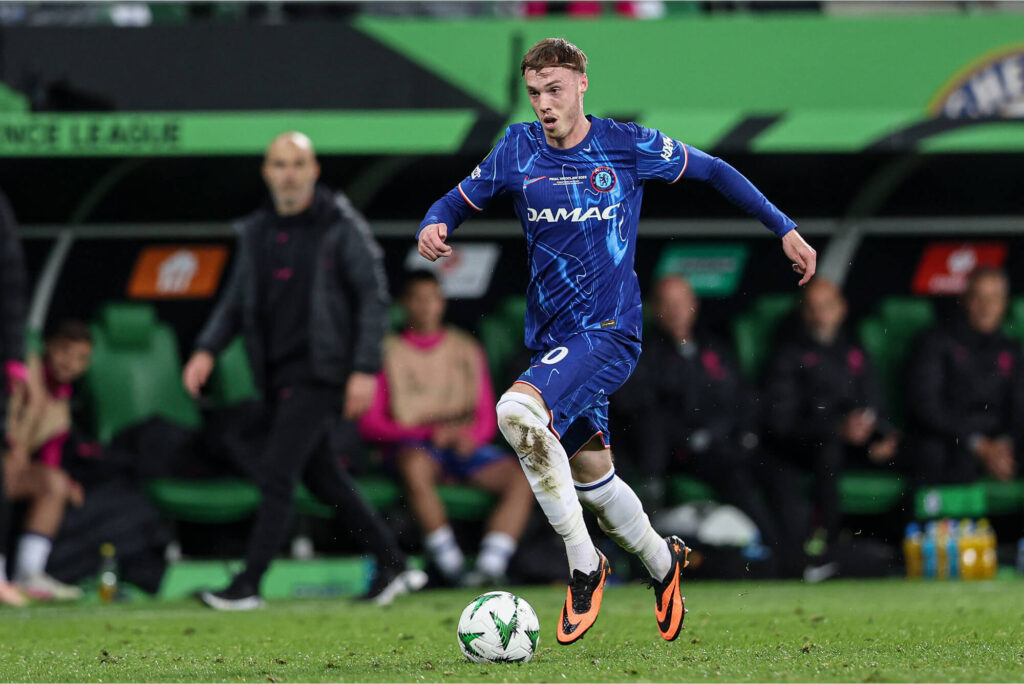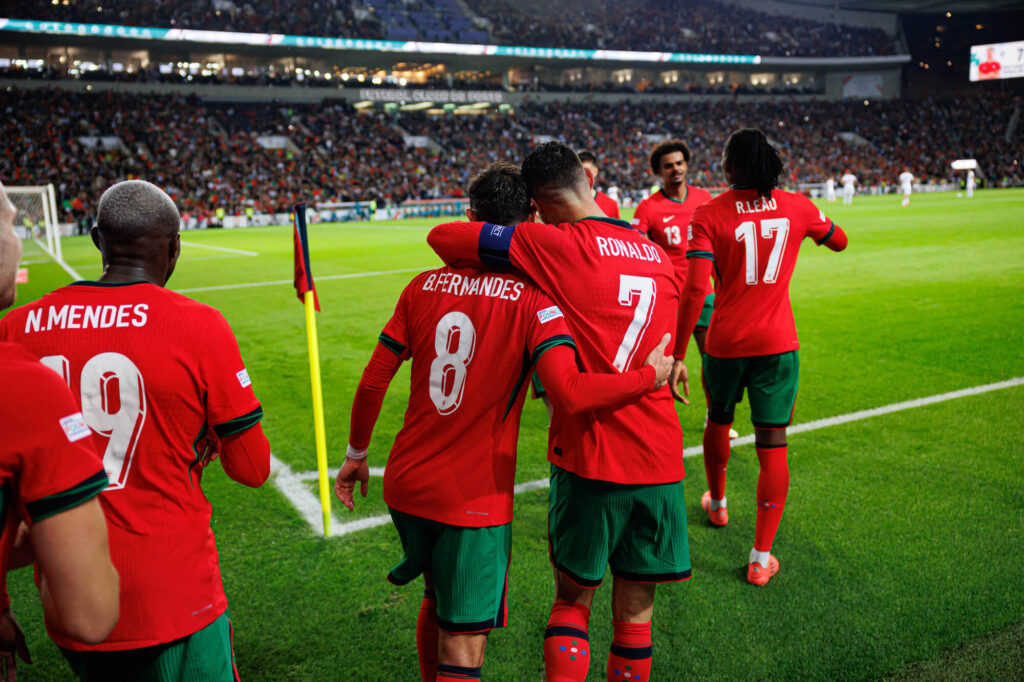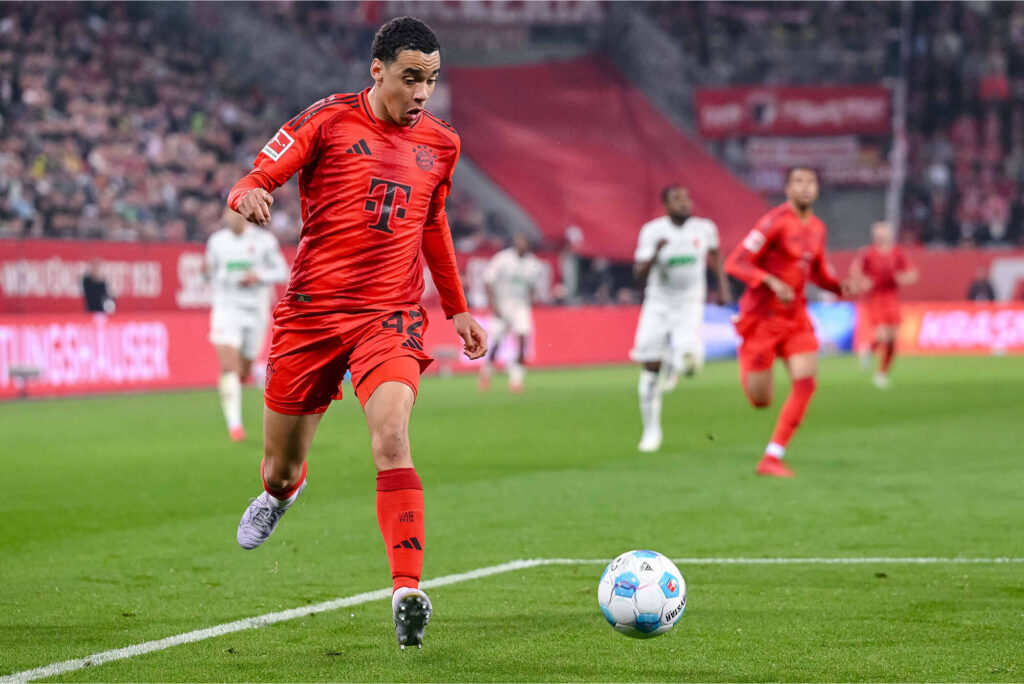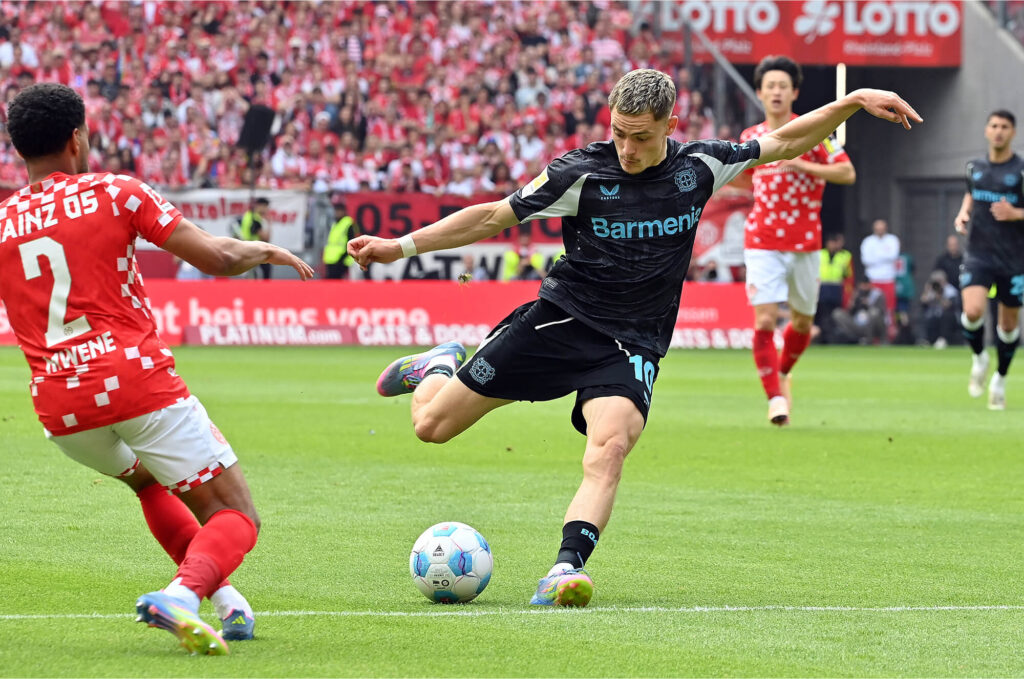In the game of football, every position has a vital role in shaping the results of a match. Yet, among those roles, one has always been considered the very creative core of any side: the attacking midfielder, or the playmaker. Placed somewhere between the midfield and the forward line, an attacking midfielder needs to open up defences, to create chances for goals and finally to maintain the tempo of the game.
Whereas defenders are taught to stop goals and strikers to score them, attacking midfielders are, in theory, entrusted with orchestrating attacking play. From vision and creativity to clever movement and technical skill, this player is often the most important architect of the very few moments of a goal-scoring opportunity.
Understanding the Role
Typically found between and slightly behind the strikers, the attacking midfielder operates in an area popularly known as “number 10”. This area lies between the oppositions’ midfield and defensive lines, and it is usually choked with tight spaces. This is the ideal area for a playmaker, who finds those pockets of space and converts them into opportunities. Whereas normal players just race forward with the ball in this position, an attacking midfielder acts as the chief source of creativity for the team. Their responsibilities include:
Linking midfielders with forwards smoothlyNel calcio, ogni ruolo gioca un ruolo fondamentale nel determinare l’esito di una partita. Eppure, tra questi ruoli, uno è sempre stato considerato il vero fulcro creativo di qualsiasi squadra: il centrocampista offensivo, o regista. Posizionato tra il centrocampo e l’attacco, un centrocampista offensivo deve aprire le difese, creare occasioni da gol e, infine, mantenere il ritmo di gioco.
- Key passes and through balls
- Controlling the tempo of attacking moves
- Dribbling past defenders to set up opportunities
- Scoring goals when the chances come

Vision: Seeing the Game Differently
One of the most defining traits of a playmaker is their vision — the ability to see possibilities before others do. While most players pass to the nearest teammate, an attacking midfielder often looks to break lines and find runners in advanced positions.
This vision allows them to execute defense-splitting passes, often with pinpoint accuracy. These passes might not always be flashy, but they are highly effective. Whether it’s a quick one-touch pass, a long ball behind the defense or a disguised through ball, these moments of insight are what set the playmaker apart.Great playmakers like Kevin De Bruyne, Lionel Messi (in his deeper role) or Bruno Fernandes are masters of this art. They can assess the situation within a second and deliver passes that seem impossible to the average player.

Creativity: The Spark of Innovation
Beyond vision lies creativity — the ability to invent something out of nothing. This is what allows a playmaker to adapt to different situations on the field. Whether facing a tight defense or a pressing opponent, they come up with solutions on the fly.
Creativity in football isn’t just about making fancy moves; it’s about finding new ways to progress the ball. It could be:
- A quick one-two to bypass a defender
- A backheel pass to surprise opponents
- A lofted chip into the box
- A solo dribble when no passing option is available
This creative spark ensures that the team remains unpredictable in attack, keeping defenders constantly guessing.
Movement: Finding the Right Spaces
Equally important as technical skills is movement off the ball. A great attacking midfielder knows how to find space between the lines — that is, between the opposition’s midfield and defense.
This involves:
- Floating into unmarked areas
- Pulling defenders out of position
- Offering passing options
- Supporting the striker or wingers
Smart movement allows playmakers to receive the ball in advantageous positions where they can turn, look forward and make something happen. The best midfielders constantly scan the field, adjusting their positioning to stay one step ahead.
Players like Martin Ødegaard and Jamal Musiala are excellent examples of modern playmakers who combine smart movement with flair and control.

Technical Skill: Mastering the Ball
To truly influence a game, an attacking midfielder must be technically sound. They are often under pressure and surrounded by defenders, so their ability to control and manipulate the ball is crucial.
Key technical skills include:
- First touch control: To receive the ball and set up the next move quickly
- Close dribbling: To glide past defenders in tight spaces
- Quick passing: To maintain tempo and move the ball effectively
- Long-range shooting: To be a threat from outside the box
Without strong technique, even the best ideas and movements can fall apart. That’s why playmakers often spend hours perfecting their touch, passing range, and shooting ability.

Mental Attributes: Calmness and Decision-Making
In high-pressure moments, a playmaker must remain calm and composed. Their job is not to panic, but to create. Even in fast-paced games, they need to make split-second decisions — and make the right ones.
Good decision-making means knowing:
- When to dribble and when to pass
- When to speed up or slow down the game
- When to shoot or wait for a better chance
These decisions are made easier by experience, awareness, and constant scanning of the pitch.
Impact on the Team
A playmaker brings balance and structure to the attacking phase. They help connect the team’s different parts — turning defense into attack and giving forwards the service they need to score.
When an attacking midfielder is in form:
- The team’s possession is smoother
- Goal-scoring chances increase
- The opposition defense is under constant pressure
On the other hand, if this player is marked out of the game, the whole attack can stall.
This is why coaches often build their offensive strategies around the playmaker, giving them freedom to roam and express themselves.

The Evolution of the Playmaker Role
In modern football, the role of the attacking midfielder has evolved. With teams focusing more on pressing and athleticism, traditional number 10s now need to do more than just attack.
Today’s playmakers are expected to:
- Press and win back possession
- Drop deep to help build play
- Operate in wider areas when needed
This evolution has given rise to more versatile players who can play as central attacking midfielders, false nines, or even deep-lying creators.
The Artist of the Game
The attacking midfielder is often called the artist of the team — a player who combines intelligence, technique, and flair to change the game. Through vision, creativity, movement, and calm decision-making, they orchestrate attacks and light up the pitch.
Whether delivering the perfect assist, scoring a stunning goal, or simply controlling the pace of the game, a playmaker holds the power to turn matches in their team’s favor. In many ways, they are the soul of the team’s offense — and when they shine, the whole team thrives.
